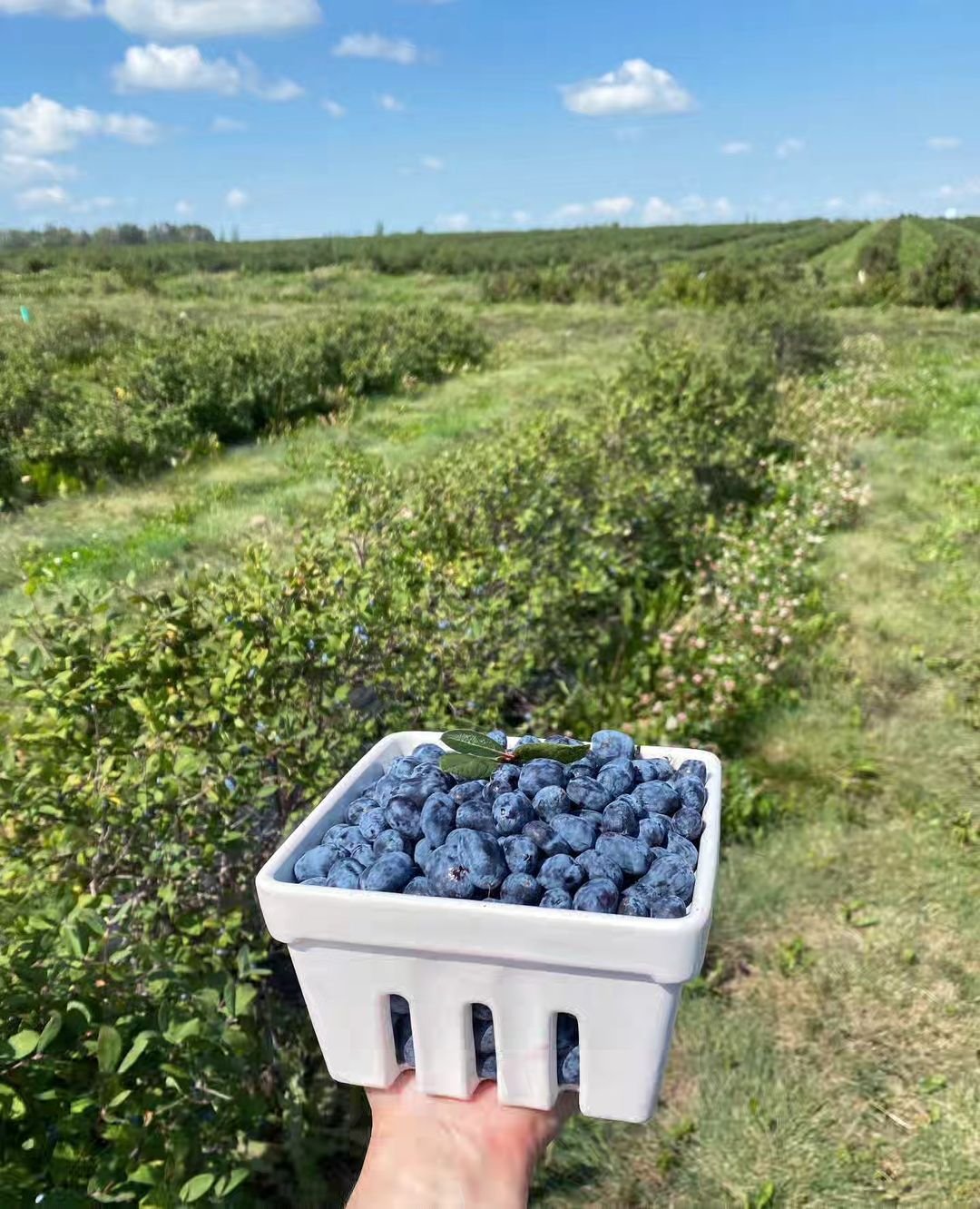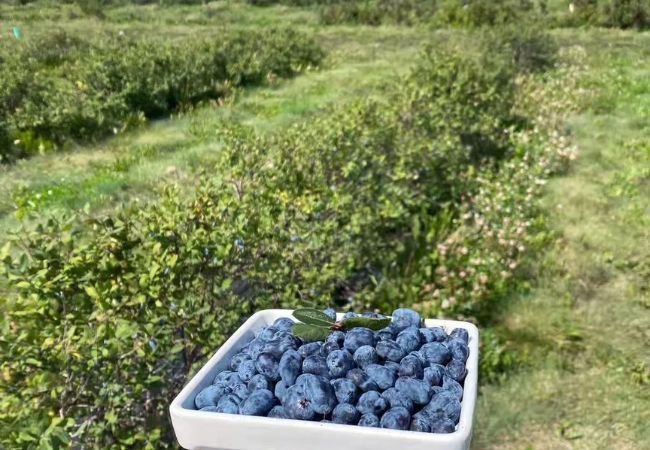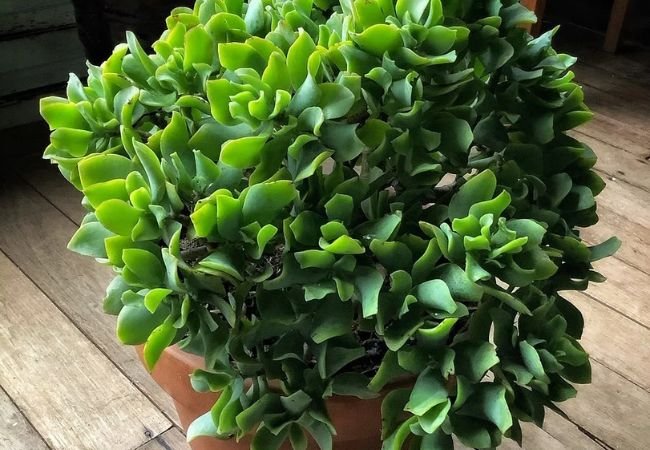Discover the benefits of haskap berries. Learn how to grow, harvest and use this nutritious superfruit in your garden and kitchen for a healthy boost.
Haskap berries, also known as honeyberries or blue honeysuckle, are a delicious and nutritious fruit that’s gaining popularity among health-conscious gardeners and food enthusiasts. In this comprehensive guide, we’ll explore everything you need to know about growing, harvesting, and enjoying these remarkable berries.
Here is a chart with detailed information on Haskap Berries:
| Category | Information |
|---|---|
| Botanical Name | Lonicera caerulea |
| Common Name | Haskap Berry, Honeyberry |
| Plant Type | Deciduous Shrub |
| Hardiness Zone | 2-7 |
| Sun Exposure | Full Sun to Partial Shade |
| Soil Type | Well-drained, Loamy |
| Watering | Regular, Moist but Not Waterlogged |
| Growth Habit | Bushy, Upright |
| Height/Spread | 4-6 feet tall / 4-6 feet wide |
| Special Features | Cold Hardy, Early Ripening, High in Antioxidants, Edible Fruit |
What Are Haskap Berries?

Haskap berries (Lonicera caerulea) are edible fruits that belong to the honeysuckle family. They’re native to northern boreal forests in Asia, Europe and North America.
Here are some key facts about haskap berries:
- Shape: Elongated, similar to blueberries but larger
- Color: Deep blue to purple
- Taste: Sweet-tart flavor, often described as a mix of blueberry and raspberry
- Nutritional value: Rich in vitamin C, antioxidants and other nutrients
Health Benefits of Haskap Berries
Haskap berries are often called a superfruit due to their impressive nutritional profile.
Some potential health benefits include:
- High antioxidant content
- Immune system support
- Potential anti-inflammatory properties
- Heart health promotion
- Possible cognitive function improvement
Growing Haskap Berries
Haskap berries are relatively easy to grow, making them an excellent choice for home gardeners.
Here’s what you need to know:
Climate and Growing Conditions
- Hardiness: Zones 2-9
- Sunlight: Full sun to partial shade
- Soil: Well-draining, slightly acidic (pH 5.5-6.5)
- Water: Regular watering, especially during fruit development
Planting Haskap Berries
- Choose at least two different varieties for cross-pollination
- Plant in early spring or fall
- Space plants 4-5 feet apart
- Dig holes twice the size of the root ball
- Add compost or well-rotted manure to the planting hole
Care and Maintenance
- Mulch around plants to retain moisture and suppress weeds
- Prune in late winter to remove dead or crossing branches
- Fertilize in early spring with a balanced, slow-release fertilizer
- Monitor for pests and diseases, although haskap are generally resistant
Harvesting Haskap Berries
Knowing when and how to harvest your haskap berries is crucial for getting the best flavor and yield.
When to Harvest
- Berries are typically ready to harvest in early to mid-summer
- Look for deep blue–purple color throughout the berry
- Gently squeeze berries; they should be soft but not mushy
How to Harvest
- Gently tug on ripe berries; they should come off easily
- Use both hands: one to hold the branch, one to pick
- Collect berries in shallow containers to prevent crushing
- Harvest every few days as berries ripen
Post-Harvest Handling
- Refrigerate berries immediately after picking
- Do not wash until ready to use
- Use within a week for best flavor or freeze for longer storage
Using Haskap Berries in the Kitchen
Haskap berries are versatile and can be used in many culinary applications.
Here are some ideas:
Fresh Eating
- Add to breakfast cereals or yogurt
- Mix into fruit salads
- Eat as a healthy snack
Baking
- Make haskap berry muffins or pies
- Use in fruit crisps or cobblers
- Add to pancakes or waffles
Preserving
- Jam and Jelly
- Cook berries with sugar and pectin for a delicious spread
- Freezing
- Spread berries on a baking sheet, freeze, then transfer to freezer bags
- Drying
- Use a food dehydrator or low-temperature oven to make dried berries
Beverages
- Blend into smoothies
- Make haskap berry juice or tea
- Use in cocktails or mocktails
Common Problems and Solutions
While haskap plants are generally hardy,
they can face some challenges:
- Birds eating berries
- Solution: Use netting or bird deterrents
- Poor fruit set
- Solution: Ensure you have compatible varieties for cross-pollination
- Leaf spot diseases
- Solution: Improve air circulation and avoid overhead watering
- Winter damage
- Solution: Choose varieties suitable for your climate and provide winter protection if needed
Haskap berries are a remarkable superfruit that offers both health benefits and culinary versatility. By growing your own, you can enjoy fresh, nutritious berries right from your garden. With their easy care requirements and cold hardiness, haskap berries are an excellent choice for both novice and experienced gardeners.
Whether you’re eating them fresh, baking them into delicious treats or preserving them for year-round enjoyment, haskap berries are sure to become a favorite in your garden and kitchen. By following the tips in this guide, you’ll be well on your way to growing, harvesting and enjoying these amazing berries.
Remember, gardening is a journey of continuous learning. Don’t be discouraged if your first attempts aren’t perfect. With patience and practice, you’ll soon be harvesting bountiful crops of delicious, nutritious haskap berries. Happy gardening and bon appétit!








Leave a Reply